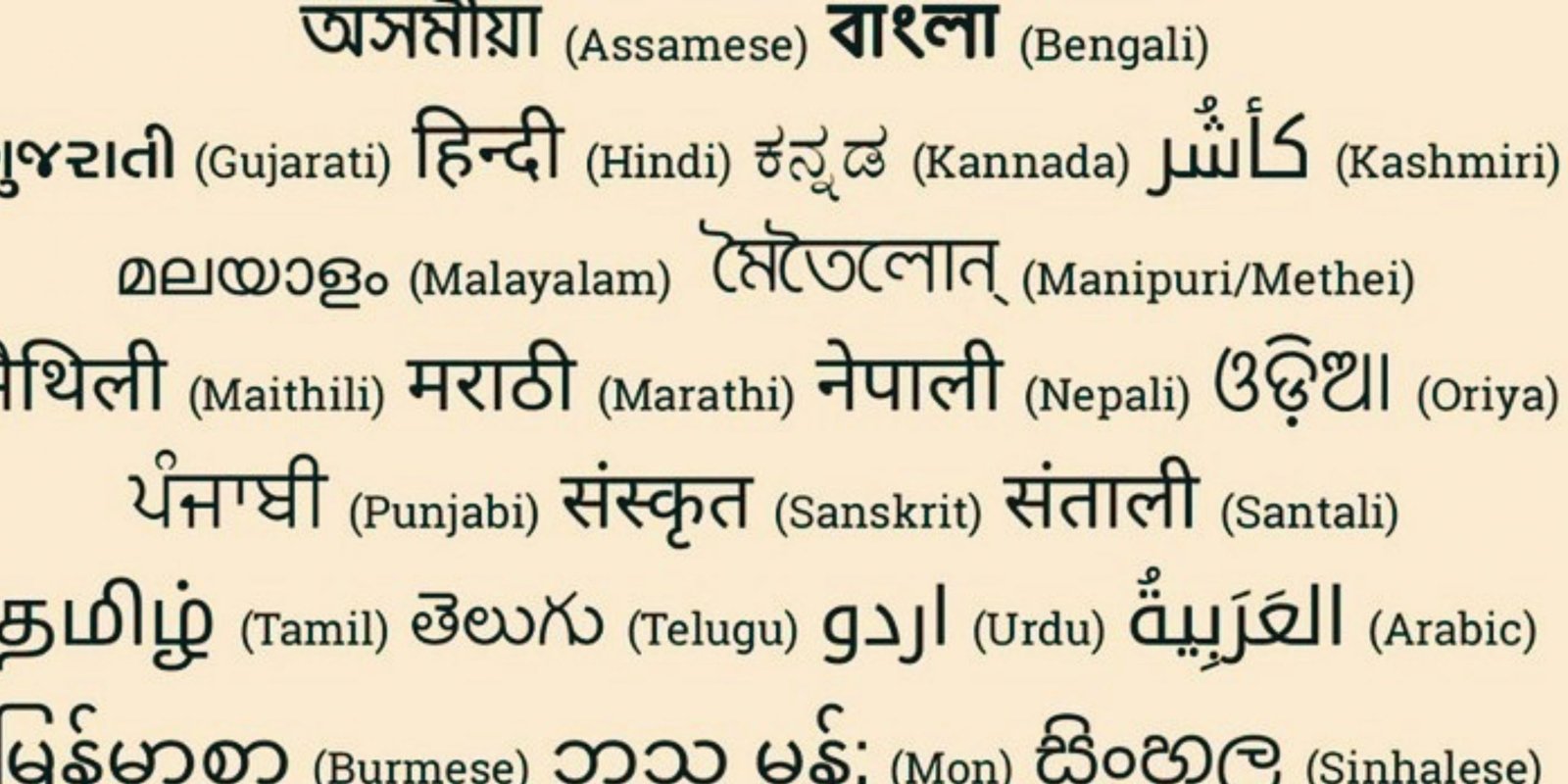India, a nation of remarkable linguistic diversity, is home to a vast array of languages that play a crucial role in shaping the identities of its people. The interplay between language and identity in India is a fascinating and complex subject, reflecting the country’s rich cultural heritage and social dynamics. This article explores how language influences identity in multilingual India, examining the cultural, social, and personal dimensions of this relationship.
1. Linguistic Diversity in India
1.1. A Multilingual Landscape
Overview: India is one of the most linguistically diverse countries in the world, with over 1,600 languages spoken across its various states and regions.
Key Points:
- Major Language Families: Indo-Aryan, Dravidian, Austroasiatic, and Tibeto-Burman.
- Official Languages: Hindi and English serve as official languages, with 21 other languages recognized by the Eighth Schedule of the Indian Constitution.
Examples:
- Hindi: Widely spoken and used in official communication.
- Tamil: A classical language with a rich literary tradition.
1.2. Regional and Minority Languages
Overview: In addition to major languages, numerous regional and minority languages contribute to India’s linguistic mosaic.
Key Points:
- Regional Languages: Languages like Marathi, Bengali, Telugu, and Kannada, each with its own literary and cultural heritage.
- Minority Languages: Languages spoken by smaller communities, often facing challenges of preservation and revival.
Examples:
- Konkani: Spoken in Goa and parts of Karnataka.
- Bodo: A Tibeto-Burman language spoken in Assam.
2. Language and Cultural Identity

2.1. Language as a Cultural Marker
Overview: Language serves as a key marker of cultural identity, reflecting the customs, traditions, and heritage of a community.
Key Points:
- Literature and Folklore: Language is the medium through which cultural stories, folklore, and literature are passed down through generations.
- Festivals and Rituals: Many cultural practices and rituals are closely tied to language.
Examples:
- Bengali Literature: Celebrated for its contributions to poetry, prose, and theater.
- Tamil Festivals: Events like Pongal and Tamil New Year involve traditional songs and rituals in Tamil.
2.2. Language and Regional Pride
Overview: Language often fosters a sense of regional pride and solidarity, reinforcing regional identities.
Key Points:
- State Identity: Many Indian states are linguistically defined, with language being a significant aspect of regional identity.
- Movements and Struggles: Language movements, such as the Tamil language movement, highlight the importance of language in regional identity.
Examples:
- Maharashtra: Marathi as a unifying factor for Maharashtrians.
- Andhra Pradesh and Telangana: Telugu serving as a marker of identity in both states.
3. Language and Social Identity
3.1. Language and Caste
Overview: In India, language intersects with social structures like caste, influencing social identity and dynamics.
Key Points:
- Caste and Dialects: Different castes often speak distinct dialects or variations of a language.
- Social Mobility: Language proficiency and accent can impact social mobility and acceptance.
Examples:
- Brahminical Sanskrit: Historically associated with upper-caste rituals and education.
- Dalit Literature: Emerging voices challenging caste hierarchies through regional languages.
3.2. Language and Gender
Overview: Language also plays a role in shaping gender identity and experiences.
Key Points:
- Gendered Language: Some languages and dialects have gender-specific forms of address and expression.
- Women’s Writing: Language as a tool for women to express their identities and resist patriarchal norms.
Examples:
- Hindi: Gender-specific pronouns and forms.
- Tamil Women Writers: Using Tamil to highlight women’s issues and perspectives.
4. Language and Personal Identity
4.1. Multilingualism and Individual Identity
Overview: For many Indians, personal identity is shaped by the ability to navigate multiple languages.
Key Points:
- Code-Switching: Switching between languages in different contexts and for different purposes.
- Bilingual and Multilingual Identity: How individuals perceive and construct their identities through multiple languages.
Examples:
- Urban Indians: Often fluent in English and their regional language, using both in daily life.
- Diaspora Communities: Maintaining mother tongue while adopting new languages in their host countries.
4.2. Language and Education
Overview: Language plays a crucial role in education, influencing personal identity and opportunities.
Key Points:
- Medium of Instruction: The choice of language in education impacts cognitive development and identity.
- Language Policy: Government policies on language education affecting personal and community identities.
Examples:
- English Medium Schools: Increasingly popular for their perceived advantages.
- Mother Tongue Education: Advocacy for primary education in native languages to preserve identity.
5. Language and National Identity
5.1. National Integration and Unity
Overview: Language policies and practices aim to balance linguistic diversity with national integration.
Key Points:
- Official Bilingualism: Use of Hindi and English for official purposes.
- Language as a Unifying Force: Efforts to promote linguistic harmony and national identity.
Examples:
- Three-Language Formula: Promoting the learning of Hindi, English, and a regional language.
- Doordarshan: National broadcaster using multiple languages to foster unity.
5.2. Language Movements and Policies
Overview: Language movements and policies have shaped the linguistic landscape and national identity.
Key Points:
- Linguistic Reorganization: States reorganized on linguistic lines post-independence.
- Language Rights: Movements advocating for the recognition and preservation of regional languages.
Examples:
- State Formation: Andhra Pradesh formed on linguistic lines in 1953.
- Gorkhaland Movement: Demanding recognition for the Nepali-speaking community.
Conclusion
The relationship between language and identity in multilingual India is intricate and multifaceted, reflecting the country’s rich cultural and social tapestry. Language serves as a crucial marker of cultural, social, and personal identity, influencing how individuals and communities perceive themselves and are perceived by others. In a nation as diverse as India, the interplay between language and identity continues to evolve, shaping and being shaped by the dynamic forces of tradition, modernity, and globalization.

